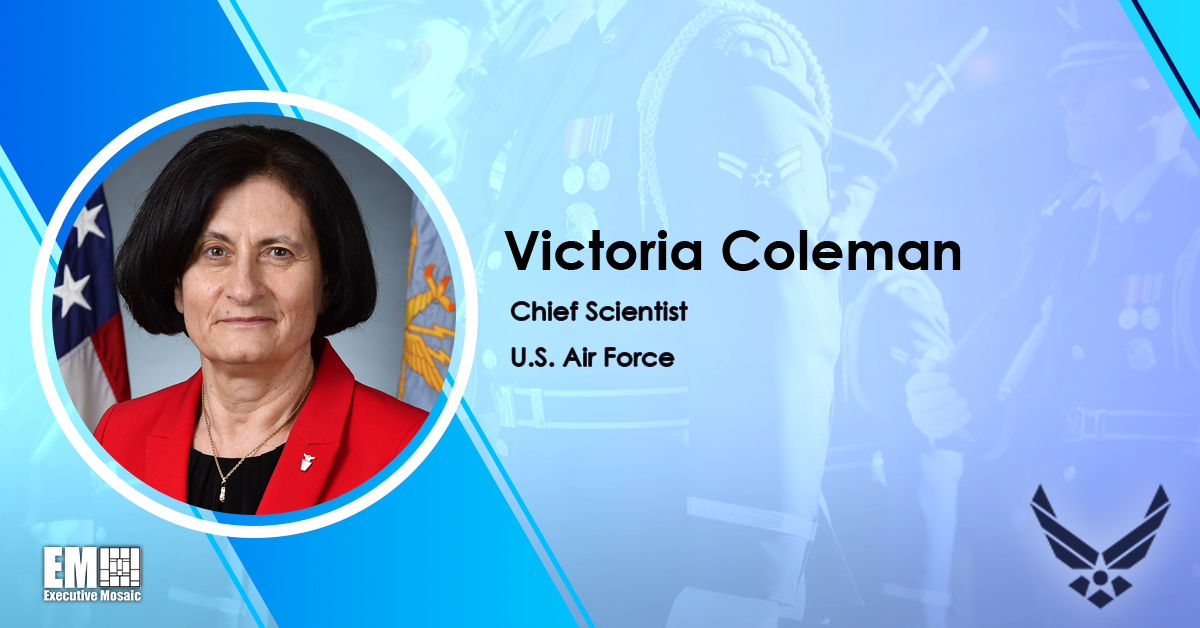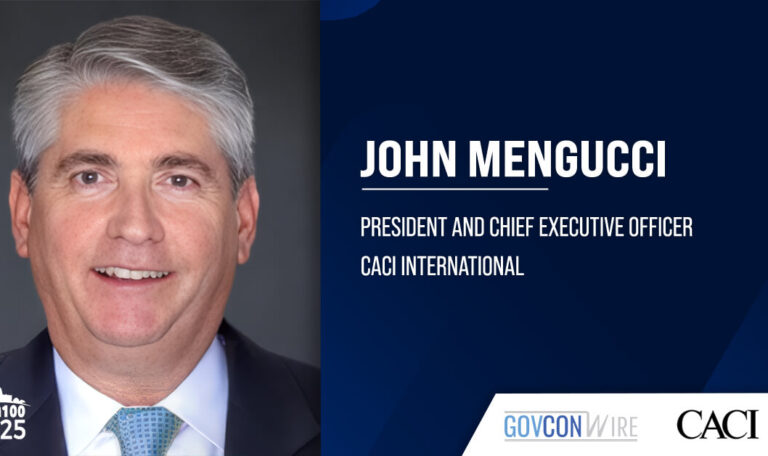In February of last year, the Department of Defense identified microelectronics as one of its 14 critical technology areas of focus. Since then, the federal government has taken steps to rejuvenate this industry within the U.S., most notably with the passage of the CHIPS and Science Act, which aims to rebuild the domestic semiconductor manufacturing base.
For the DOD to harness the full benefits of CHIPS Act initiatives, it must prioritize scaling, which is crucial to empowering innovation and preventing further decline in the U.S. microelectronics industry, according to Victoria Coleman, chief scientist for the Air Force.
In her closing keynote address at the Potomac Officers Club’s 9th Annual Defense R&D Summit last week, Coleman noted the three steps of the manufacturing process: research and design, publication and production. The U.S., she said, has neglected steps two and three domestically.
“Nobody doubts that we are still ahead on research and design. The problem is that if you let go of steps two and three, you will get to a place where you can no longer support research and engineering,” Coleman stressed.
“We could continue buying things from other nations, but the problem is, one day in the not-so-distant future, we will lose our ability to design things here at home, and then we will be in a really deep hole,” she added.
Coleman shared that earlier in her career, she believed that once something had been designed and proven, “the rest of it was simple.”
“I am here to tell you that that’s completely wrong. This mythical kind of creation moment only represents about 10 percent of the process. 90 percent of it is execution, and it is hard, it is messy and it is difficult. But unless you do it, you are not going to win,” she said.
The microelectronics production process begins with a “discovery piece,” which she explained refers to the initial party that identifies and finances a starting point. She noted that the Defense Advanced Research Projects Agency frequently assumes this role.
Taking an idea to the next step, Coleman said, begins with a thriving commons, which “allows you to build system level proof of concepts of performance to accelerate commercialization.” Scaling costs money, and, according to Coleman, developers must convince the government that building a foundry is worth investing in.
Though important, the completion of these first two steps cannot successfully create a product for DOD use until it is scaled. These pieces of the puzzle, she said, must come together to bring any new technology into the defense market.
“You can design something in the lab, – maybe run a simulation, maybe build a few parts in the university foundry – but what really moves the needle – especially when a multi-billion dollar investment is needed – is proof that it actually can be made to work at scale.”
Coleman reiterated the difficulty of attaining the full benefits of CHIPS Act initiatives, which she said will best be achieved by sharing and connecting ideas to reach the best possible outcomes.
“I don’t believe that we are done with CHIPS. It is a wonderful first step, but there is more work to be done,” she said.

For a look into quantum – another one of the DOD’s 14 critical technology areas – ExecutiveBiz will be hosting its 2023 Quantum Technologies Forum on April 5. During the event, experts in the field will offer insight into quantum’s future and its potential impacts on defense and national security. To learn more and register to attend, please visit the ExecutiveBiz events page.















